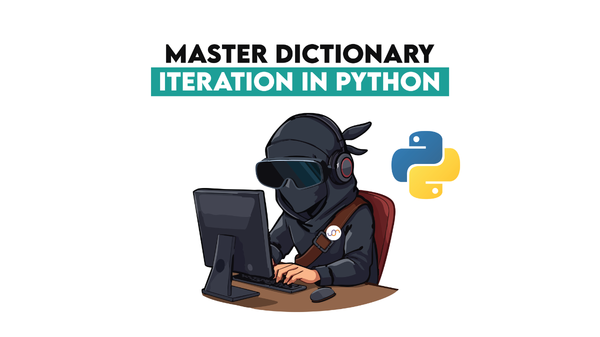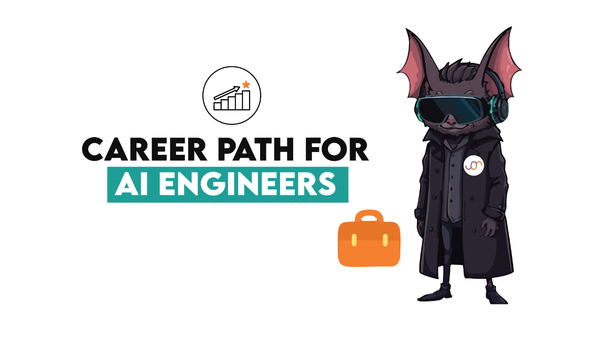Why Your ML Job Feels Like a Lie (And What To Do About It)

 Written by:
Written by:Nathan Rosidi
You thought you’d train models, but now you're writing SQL. This article explains why and how to shift your role toward real machine learning, step by step.
You've made it! After countless nights studying gradient descent and fine-tuning transformers, you're officially hired as a machine learning engineer. You imagine working on cutting-edge algorithms, training state-of-the-art neural networks, fine-tuning transformers, and building large language models (LLMs).
Fast forward a month, and your ML job looks like…this.

The Mirage of the ML Job
Let’s get one thing straight: most machine learning jobs are not what they seem. Sure, the title says “Machine Learning Engineer”. But, in practice, instead of training neural networks or fine-tuning transformers, you're likely spending most of your time cleaning messy datasets, writing SQL queries, building pipelines, and debugging ancient ETL workflows. Sound familiar?
This reality shocks many newcomers to the field. But why is it like this?
Why is Actual Machine Learning Rare?
To understand why, we need to look at how businesses use machine learning. The truth is, most companies don't need cutting-edge ML. Instead, they rely on basic statistics, dashboards, and rule-based systems to solve their problems.
For many companies, simplicity isn't just a preference – it's essential. Explainability and low risk win over complexity every time. They're not wrong. For most use cases, simpler methods – like linear regression or even hard-coded rules – are enough to deliver results.
What Skills Do You Need for the ML-Free “ML jobs”?
To thrive in a machine learning that's heavy on data engineering, you need more than just machine learning theory. You need:

1. SQL
You’ll write queries to extract, clean, and join data. Think of it as the foundation of everything else.
2. Data Engineering Tools
Learn to use Apache Airflow, Kafka, or similar tools to build pipelines. Understand how to handle ETL (Extract, Transform, Load) processes.
3. Scripting and Automation
Python and pandas are your best friends for data wrangling. Knowing Bash scripts or even tools like Luigi can be a huge plus for automating tasks, organizing workflows, and automating recurring jobs.
4. Cloud Platforms
Familiarize yourself with Amazon Web Services, Google Cloud Platform, or Azure for data storage and compute needs.
Transitioning to “Real” Machine Learning
If you're not happy with the lack of machine learning in your current job, you have two choices: you try to steer your job toward ML (we’ll call it an internal transition to ML) or you change jobs (we’ll call it an external transition to ML).
Internal Transition to ML
Here’s how you can persuade your bosses to make your job more ML-focused or even create a new position for you. Not unheard of!

1. Build Business-First Solutions: Tie your ML ideas to key performance indicators (KPIs). Managers care about impact, not complexity. Show how your model improves metrics like revenue, churn, or efficiency.
2. Start With a Demo: Use tools like Streamlit or Gradio to create quick, interactive demos. Let
stakeholders play with your solution.
3. Collaborate Across Teams: Partner with business intelligence teams or analysts to identify use cases where ML adds value. Offer to take ownership of a project’s proof-of-concept (POC) that demonstrates ML’s potential.
External Transition to ML
Or in other words: find a new job! Here’s how you can position yourself for more ML-focused roles.

1. Target Research Labs or ML-First Companies: Apply to places like OpenAI, Anthropic, or startups where the product is the model.
2. Show off Personal ML Projects: Build a portfolio showcasing end-to-end machine learning projects, from data cleaning to model deployment. Data projects on platforms like StrataScratch, GitHub, or Kaggle can help. Here are several project suggestions:
- Laptop Price Prediction
- Prediction of Stock Price Direction
- Keyword Detection on Websites
- Neural Graph Machine Sentiment Analysis
- Student Alcohol Consumption Dataset
3. Upskill in Research-Oriented ML: Dive into deep learning frameworks like TensorFlow and PyTorch. Explore topics like transformer models or reinforcement learning.
4. Consider Higher Education: Many research roles require a PhD or a Master's degree in a relevant field.
Conclusion
Here's the truth: data engineering isn't the enemy – it's the foundation. If you master these skills, you'll not only be indispensable in your current role but also well-equipped to transition into more ML-focused work.
Real machine learning work is rare, but with the right skills and strategy, you can find or even create opportunities that align with your passion.
Share


